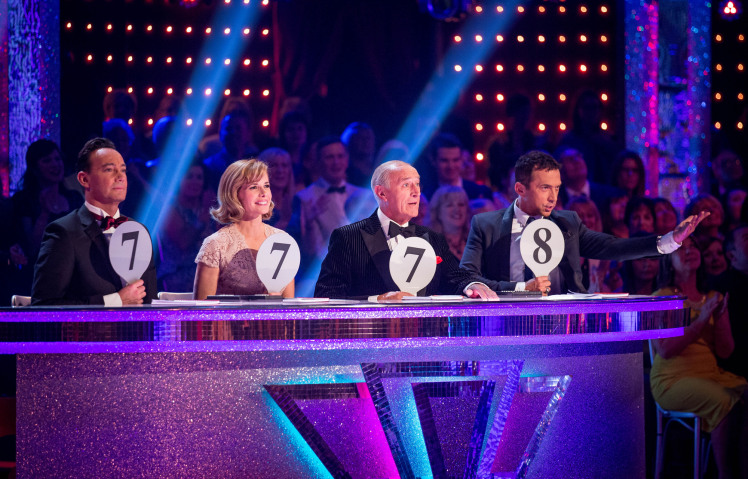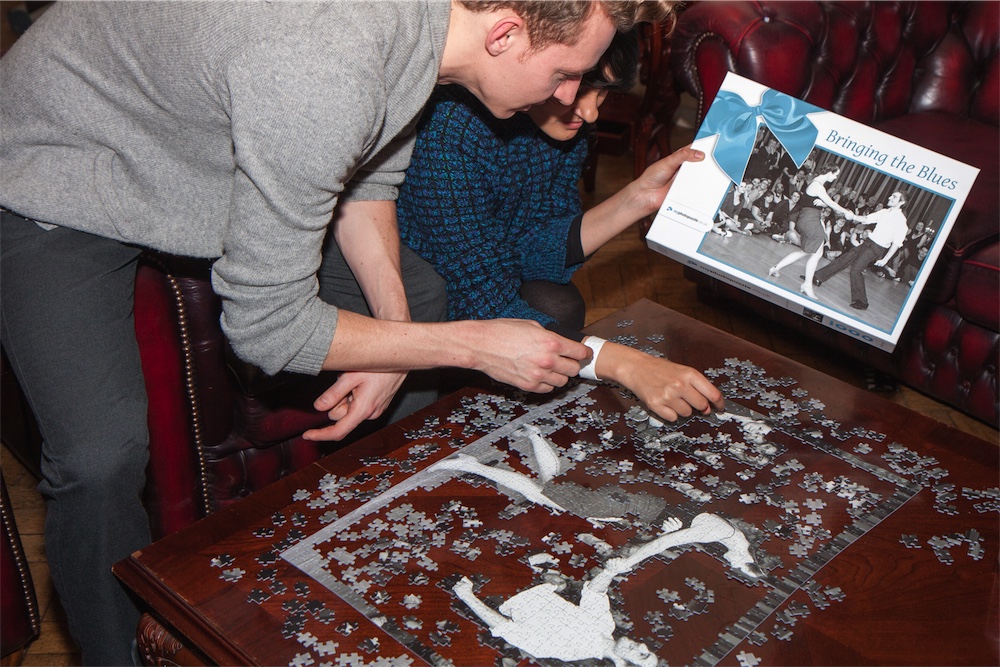What would you do if you had the chance to compete in Strictly Come Dancing? Would you go for it or would you find it a nerve-racking experience? Imagine learning a brand new skill, wearing a glitterry costume and performing in public, then being judged by professional experts and watched by millions of people at home.
This got me thinking about why people dance, and how styles of dancing differ depending on whether you’re dancing socially, or for a competition. If you’re an entertainer, then you’ll enjoy impressing people with your skills, and for most beginners, it is this pressure to amaze that puts them off, but they needn’t worry. Dancing is a also a social skill, and when you’re not dancing for a competition or a show, it can be the most aamzing experience.
When you dance for social reasons it’s like learning a language. You’ll learn the words and the grammar, and then you put it all together into sentences. You don’t learn a language just so you can stand up on a stage and recite a poem, you learn a language so you can converse with others, and with social dancing it’s exactly the same.
After learning the steps and the techniques, you can then build your dance using what you’ve learnt. Much like going abroad and being forced to converse in a new language, dancing socially with different dancers is the best way to hone and refine your skills, and after the first few times you will have improved immeasurably.
Unlike professional show dancers who learn a set choreography, social dancing is taught using moves that can be combined to form a sort of conversation, rather than a pre-rehearsed, pre-determined script. With social swing dancing, it’s like having a real conversation; dancers come together with a live band or a DJ and ask each other to dance; neither knows what the other is going to say, how they’re going to react or what they’re going to do, resulting in a truly unique conversation that can’t be replicated. So if you have ever thought about joining a class or taking up a new skill, why not have a look at our Swing Dance Beginner course to help build your confidence before you dive right in?

